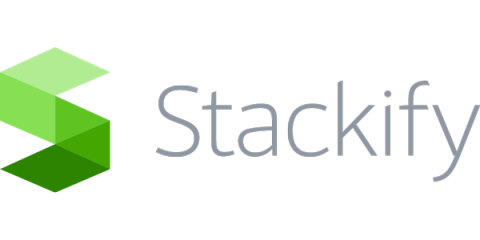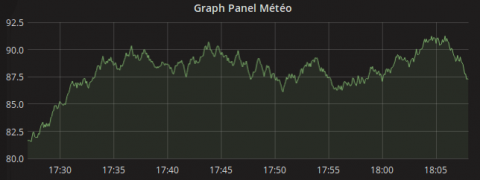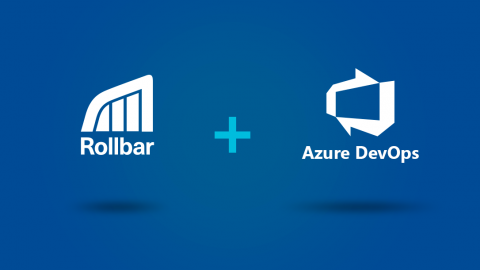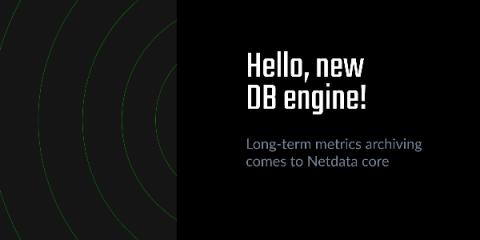16 Ways to Speed Test Automation Using a CI/CD Pipeline
Test automation plays a significant role in software development. It improves speed, better detects errors and bugs, is repeatable, scalable, has broader coverage, and more. Let’s take a look at test automation using a CI/CD pipeline. In today’s competitive world, great speed in developing software, features, and fixes are vital.











